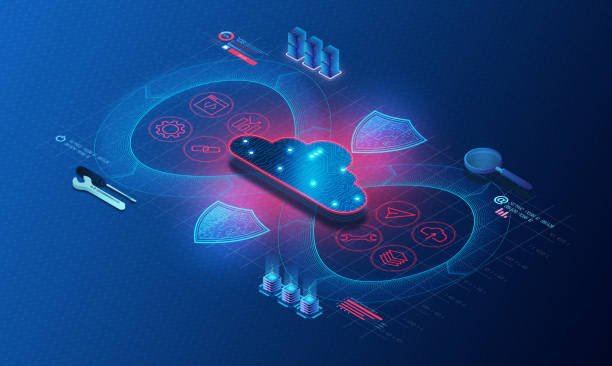The Future of Web & App Engineering

In the fast-evolving world of software development, AI is no longer just an assistant—it’s rapidly becoming the co-creator. One of the most disruptive transformations we’re witnessing today is the rise of AI-powered full-stack development — an approach where artificial intelligence helps build complete web or mobile applications from front to back.
From writing code and designing interfaces to managing databases and deploying to the cloud, AI is drastically reducing the time, cost, and complexity of building digital products. Let’s explore how it works, what tools are leading the revolution, and what it means for the future of software engineering.
🧠 What is AI-Powered Full-Stack Development?
AI-powered full-stack development refers to the use of artificial intelligence and machine learning to automate, assist, or generate code and logic for both frontend and backend layers of an application — including UI/UX design, server-side logic, database interactions, APIs, security, and even DevOps.
This development model enables a single developer — or even a non-coder — to build entire applications with minimal manual coding by leveraging smart AI agents, natural language prompts, and pretrained models.
🔧 Key Capabilities & Workflow
Here’s how AI is reshaping each layer of the stack:
1. Frontend (UI/UX)
-
Design-to-code generation: Tools like Uizard, Framer AI, or Figma AI plugins convert design mockups or text prompts into React, HTML/CSS, or Flutter code.
-
Responsive layout creation: AI understands user intent and device requirements to generate pixel-perfect responsive layouts.
-
Voice/text prompts like:
“Create a dark-themed landing page for a travel app with a hero section and call-to-action.”
2. Backend (APIs & Business Logic)
-
API generation: Tools like Autobackend, Baseten, or Supabase AI can generate RESTful or GraphQL APIs from data models.
-
Authentication, CRUD, role management — all generated from simple schema definitions or prompts.
-
Serverless logic: AI integrates with cloud functions (e.g., AWS Lambda, Vercel Edge) and sets up endpoints automatically.
3. Database & Schema Management
-
Natural language queries like:
“Create a PostgreSQL table for user profiles with name, email, and profile photo.”
-
AI generates schema, migration files, and relations.
-
Platforms like Prisma AI, PlanetScale, or Xata include smart schema generation and migrations.
4. DevOps & Deployment
-
AI agents can:
-
Configure Docker containers
-
Set up CI/CD pipelines (GitHub Actions, Vercel, Netlify)
-
Optimize deployment environments (e.g., Node.js, Python, Next.js)
-
-
GPT-integrated IDEs like Cursor or Replit AI support one-click deployment and infra setup via prompt.
 English
English
 العربية
العربية

